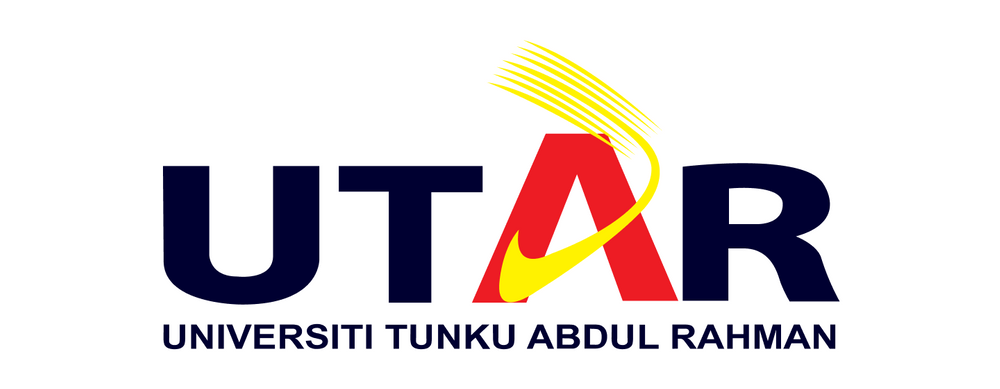The Concepts of Planning in Architecture and Environtment to Mitigate Tsunami Disaster Case Study: Semawang Beach, Denpasar, Bali
Abstract
Bali won the title of “World's Favorite Tourist Destination Destination†at the 2020 PVK Award. This title is inseparable from the many natural and cultural tourist objects that attract local and foreign tourists to visit Bali, one of which is Semawang Beach, Denpasar. The wide, white and shallow coastal area, calm sea conditions, a favorite place to enjoy the sunrise, the many gazebos and tourism accommodations, the location near Ngurah Rai International Airport is the main attraction for tourists. However, according to information from the Head of the National BMKG Prof. Dwikorita Karnawati said that the southern region of East Java and Bali, including Semawang Beach, has the threat of an earthquake accompanied by a tsunami in the future which we cannot predict exactly when it will occur. Based on this, it can be concluded that what is the solution, especially from the engineering side, especially architecture, which creates beaches that are safe for tourists to visit in the form of permeable architectural and environmental models that support tsunami disaster mitigation. Specifically for the first year, the existing model will be evaluated first so that it is hoped that in the second year a permeable design model will be produced. This study uses a descriptive qualitative approach using observation data, surveys, and documents. The research instruments were coastal base maps, total station tools, laser meters, stationery, autocad and 3d sketchup software, cameras and computers. The research which is planned for 9 months in the first year is expected to produce findings of evaluation of existing permeable architectural and environmental models in supporting tsunami disaster mitigation in the Semawang Beach area, Denpasar in terms of evacuation rescue routes, protective areas, safe zones, open spaces, facilities general disaster response, and determinants of disaster response in spatial planning and buildings.
References
Afrizal. (2014). Metode Penelitian Kualitatif. Jakarta: Rajawali Pers.
Almalki, S. (2016). Integrating Qualitative and Qualitative Data in Mixed Methods Research-Chalenges and Benefits. Jpurnal of Education and Learning Vol. 5 No. 3, 288-296.
Aqli, W. M. (2019). Permeabilitas Kawasan Jalan Mh. Thamrin Terhadap Akses Pejalan kaki Menuju Stasiun MRT Bundaran HI Jakarta. 75-84.
Bali, D. P. (2020, Desember Selasa, 15). Dinas Pariwisata Provinsi Bali. Retrieved from Bali Goverment Tourism Office: https://disparda.baliprov.go.id/bali-raih-predikat-destinasi-wisata-dunia-terfavorit-di-pvk-award-2020/2020/12/
Bali, T. (2020, 2 21). Retrieved from https://bali.tribunnews.com/2020/02/21/dekat-dengan-lempeng-megathust-pesisir-sanur-kuta-rawan-tsunami-bpbd-denpasar-gencarkan-simulasi
Bernardo, F. &. (2005). Place Change and Identity Processes. Medio Ambiente y Comportamiento Humano, 71-87.
Breakwell, G. M. (1986). Coping with Threatenend Identities. London: Methuen.
Chapman, E. H. (1962). The Image Of The City. Journal of Aesthetics and Art Criticism.
Darmawan, I. G. (2018). Faktor-Faktor Pengaruh Perubahan Penggunaan Lahan Ulayat Akibat Reklamasi di Pulau Serangan. Undagi, 6, 37-44.
Edyanto, C. H. (2011). Analisa Kebijakan Penataan Ruang Untuk Kawasan Rawan Tsunami di Wilayah Pesisir. Jurnal Teknologi Lingkungan Deputi Bidang Pengembangan Kekayaan Alam, 10.
Hasanah, N. (2018, Desember 24). Rentetan Bencana Alam di Indonesia Sepanjang 2018. Retrieved from https://nasional.okezone.com/read/2018/12/24/337/1995339/rentetan-bencana-alam-di-indonesia-sepanjang-2018: https://nasional.okezone.com/read/2018/12/24/337/1995339/rentetan-bencana-alam-di-indonesia-sepanjang-2018
Hilal, A. H. (2013). Using NVIVO for Data Analysis in Qualitative Research. International Interdisciplimary Journal of Education, 181-186.
I Gede Surya Darmawan, P. H. (2021). Integrasi Model Place Identity Tanggap Bencana Tsunami di Kawasan Pantai Mertasari Sanur, Denpasar, Bali. Denpasar: Lembaga Penelitian Universitas Warmadewa.
Kompas. (2017, 4 14). Retrieved from https://travel.kompas.com: https://travel.kompas.com/read/2017/04/14/200540027/bali.dinobatkan.sebagai.destinasi.wisata.terbaik.di.dunia
Lalli, M. (1992). Urban-Related Identity : Theory, Measurement, and Empirical Findings. Journal of Environmental Psychology, 285-303.
R.B. Ruback, J. P. (2008). Evaluations of a Sacred Place : Role and Religious Belief at the Maqh Mela. Journal of Environmental Psychology, 397-414.
Sugiharta, G. (2013). Identifikasi Objek Wisata yang Terdapat di Pantai Sanur. Singaraja: Jurusan Pendidikan Sejarah, Universitas Pendidikan Ganesha.
Sukawi. (2008). Menuju Kota Tanggap Bencana (Penataan Lingkungan Permukiman Untuk Mengurangi Resiko Bencana. Semarang: Jurusan Arsitektur Fakultas Teknik UNDIP.
Sutarja, I. N. (2015). Rencana Tempat Evakuasi Sementara (TES) Pada Kawasan Rawan Bencana Tsunami Provinsi Bali. Denpasar: Universitas Udayana.
 Abstract viewed = 71 times
Abstract viewed = 71 times
 PDF downloaded = 57 times
PDF downloaded = 57 times








